Germany anticipates a strong but long rebound
Julia Dywelski, Director of the German National Tourist Office in Canada, and Petra Hedorfer, CEO of the German National Tourist Board, offer an update on the destination and why Germany is poised to make a strong comeback after international travel resumes
As 2020 kicked off, Germany was set to have a banner year for Canadian visitors.
Although the momentum got derailed by the pandemic, Julia Dywelski, Director of the German National Tourist Office in Canada, said all signs point towards a steady recovery once travel restrictions are lifted.
“We had 1.4 million arrivals in 2019 from international travellers worldwide and 733,951 overnights from Canada in 2019, which was an increase of 5%, and at the beginning of 2020 we had a double-digit percentage increase,” Dywelski said at a recent virtual media briefing. “This shows that Germany is not just a high season destination for Canadians but a year-round destination with a strong shoulder season.”
Pointing to The Anholt Ipsos Nation Brands Index, an annual ranking of 50 countries based on their worldwide image, Germany once again topped the list in 2020.
“Germany ranked at the top of the 50 travel countries where travellers will feel most comfortable to visit once travel restrictions are lifted,” she said, noting that Canada placed 3rd on the list. “Given the current circumstances with COVID-19, the study incorporated things like hygiene measures and health care systems, and reflects a really strong trust into the image of Destination Germany.”
Adding to that, Dywelski said Germany has always had an outstanding image as a top destination in Europe.
“It is on place 8 of the ranking of destinations worldwide by the UNWTO and from Canada, Germany has always ranked within the top 5 destinations in Europe,” she said.

Julia Dywelski
We had 1.4 million arrivals in 2019 from international travellers worldwide and 733,951 overnights from Canada in 2019, which was an increase of 5%, and at the beginning of 2020 we had a double-digit percentage increase. This shows that Germany is not just a high season destination for Canadians but a year-round destination with a strong shoulder season.
In order to stay on top of the constant changes about the current situation in Europe, Dywelski highlighted ways for travel advisors to stay up-to-date on everything related to travel to Germany.
The latest information on how coronavirus is affecting travel to Germany: https://www.germany.travel/en/information-on-coronavirus.html
- A blog from the desk of CEO Petra Hedorfer: https://www.germany.travel/en/trade/from-the-desk-of-petra-hedorfer/from-the-desk-of-petra-hedorfer.html
As for lift, there are currently 24 non-stop weekly flights from three Canadian gateways — Toronto, Montreal and Vancouver — with Lufthansa and Air Canada to Germany.
“The service is there, we just need an easement of the travel restrictions when it is safe to travel again,” she said.
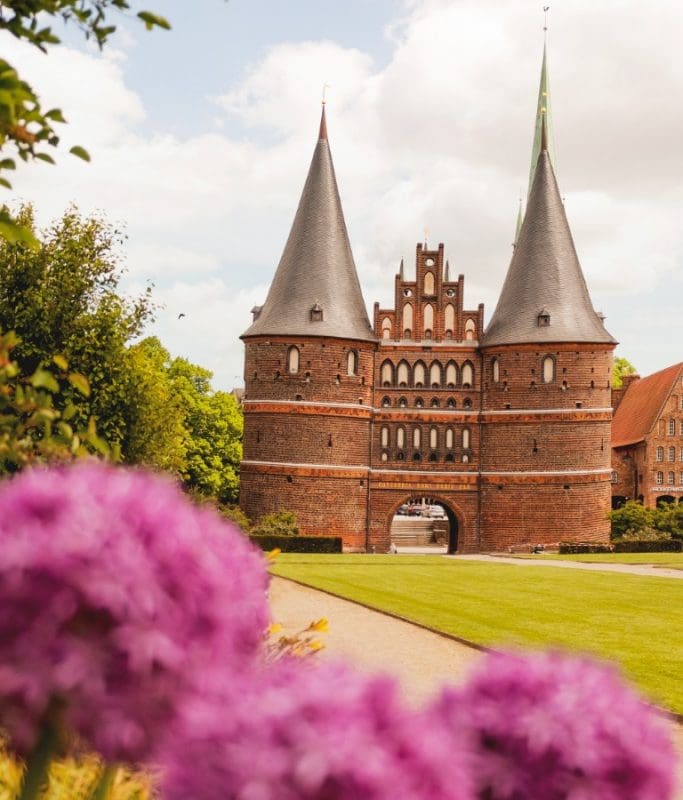
Looking to the New Year, Germany has extended its Beethoven campaign to Sept. 2021, which will also feature contemporary twists with performances by the likes of the popular German band Kraftwerk and Robbie Williams.
The destination will again be promoting its German summer cities campaign across themes like nature, romantic Germany, and arts and culture.
Dywelski also offered a look at some “bucket list items for 2021 which are more off-the-beaten path and maybe not on everybody’s mind when thinking of Destination Germany.”
“We are the country of castles and palaces. Two that may not be as known as Neuschwanstein Castle, for example, are Linderhof Palace in Ettal, about an hour away from Munich. Linderhof Palace is one of three palaces that Ludwig II built. It only has 10 rooms and four of them were for servants. It was designed for a man who enjoyed his own company most and so the dining room at the palace only has enough space for one person to eat… Then one of my personal favourite castles, clearly underrated in the northern part of Germany, is Schwerin Castle, which is situated on a romantic spot on an island. The castle is often referred to as the Neuschwanstein of the north and has 653 rooms.”
Another lesser known destination is Goslar, a historic town in the Harz Mountains known for its half-timbered houses.
For wine lovers, consider Rüdesheim in the Rhine Valley, which is known for winemaking, especially Riesling, and is part of the UNESCO World Heritage Site in this region.
For the complete list, visit: https://www.germany.travel/en/ms/top-100/germany-travel-attractions
Assessment of the current situation in inbound tourism and a look ahead to the future of travel to Germany

© GNTB/Farideh Diehl
A Q&A with Petra Hedorfer, Chief Executive Officer of the German National Tourist Board
The travel industry has been under extreme pressure since the start of the coronavirus pandemic. What do you think the future holds for inbound tourism to Germany?
The figures for global tourism are indeed worrying. The United Nations World Tourism Organization expects international arrivals to have dropped by between 60 and 80 per cent this year.
Around the world, Germany is perceived to have managed the crisis comparatively well. However, inbound tourism depends not just on the situation in our own country but also on what is happening in our source markets.
Travel patterns will take some time to recover, even if the introduction of vaccines is successful, and airline and hotel capacity needs to be gradually rebuilt.
What’s more, there are bound to be setbacks along the way on the road to recovery. We experienced a significant drop in cases of infection this summer, only to see an equally dramatic surge in autumn that is now affecting many European countries. I think we need to prepare ourselves for a long process of recovery.
To be more precise, the recovery phase will last at least until the end of 2023, according to the latest findings of analysts at Tourism Economics. Travel to Germany from Europe will recover more quickly than from our overseas markets, with leisure travel recovering more quickly than business travel.
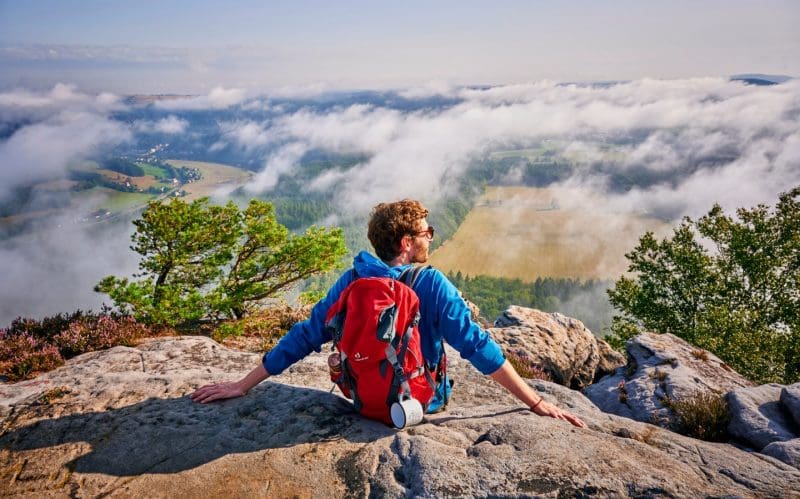
© GNTB/Jens Wegener
What gives you cause for optimism in these difficult times?
There are a number of good reasons to be optimistic. The most important one is that millions of people are looking forward to worry-free travel again, to discovering other countries and experiencing other cultures, to going on successful business trips and to sharing their experiences with others.
Studies by market research institute IPK International also show that the willingness to travel abroad has already increased significantly in many countries over the course of this year.
Then there are reasons that make Germany stand out as a travel destination. The 2020 Anholt Ipsos Nation Brands Index (NBI), for example, has once again confirmed Germany’s excellent image with a No. 1 ranking. It should be noted that the survey of 50 countries was conducted between July 7 and August 31, i.e. in the midst of the pandemic.
And safety is an important factor in the choice of travel destination. International surveys have shown that Germany is considered the safest travel destination worldwide when it comes to the risk of coronavirus infection. The field studies conducted from June to September show that this opinion has become even more established.
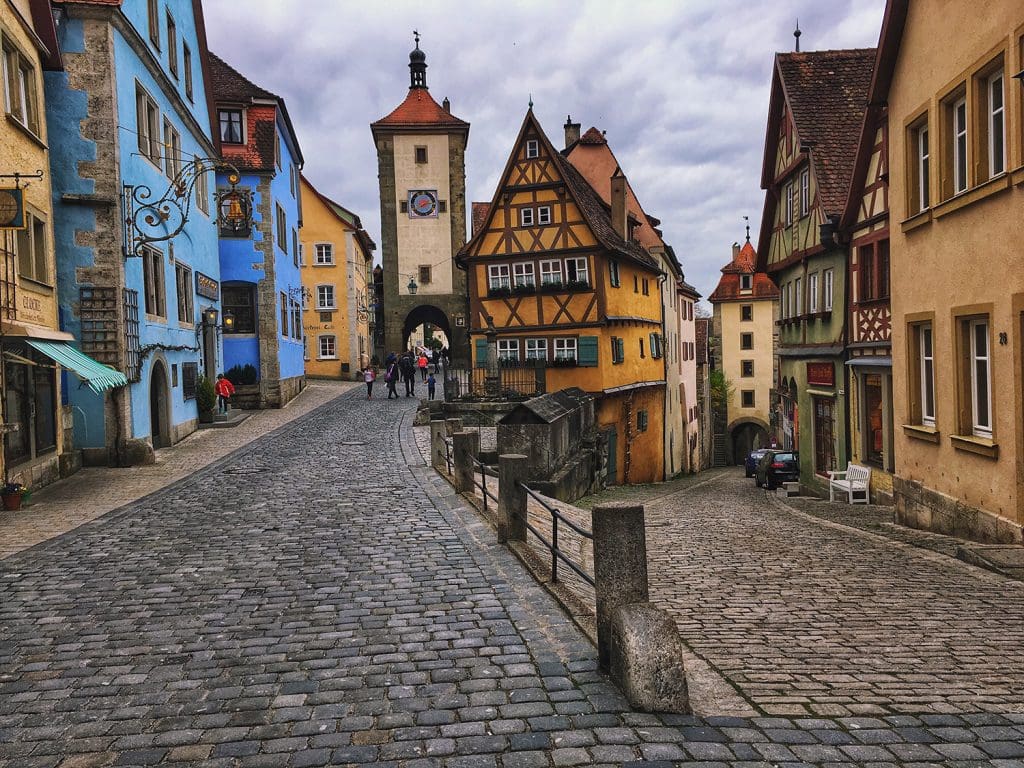
What can you as a national tourist board do to boost tourism while the coronavirus pandemic is still with us?
We have identified various areas of action to focus on.
First of all, we are analyzing markets and market segments very carefully for their potential for recovery. It is here that we will concentrate our marketing activities. This leads me directly to our second area of action: customer centricity – anticipating what tomorrow’s customers will expect. We are not only seeing that travellers are becoming more safety conscious, but also that they are showing greater interest in sustainable tourism. And we are using this shift in attitudes to refocus our brand.
The third area of action is digital empowerment – gaining a competitive edge through innovative marketing. As destinations begin to compete again in the ‘new normal’, digitalization will play a crucial role. We and our partners are putting our faith in digital solutions, including chatbots that rely on artificial intelligence to answer questions, the use of digital voice assistants, and a major open-data solution for the German inbound tourism industry.
Will the coronavirus pandemic lead to new trends among travellers that might affect Germany as a travel destination?
Customer behaviour is constantly changing, irrespective of coronavirus, but the pandemic is accelerating many changes.
COVID-19 has led to greater interest in sustainability, for example. Almost 80 per cent of foreign travellers from our most important source markets think the coronavirus pandemic could lead to more sustainability in tourism. In the latest COVID-19 study conducted by IPK International, 55 per cent of respondents stated they would generally consider nature-oriented holidays as an option, while a further 21 per cent stated that they were even more likely to consider them during the pandemic.
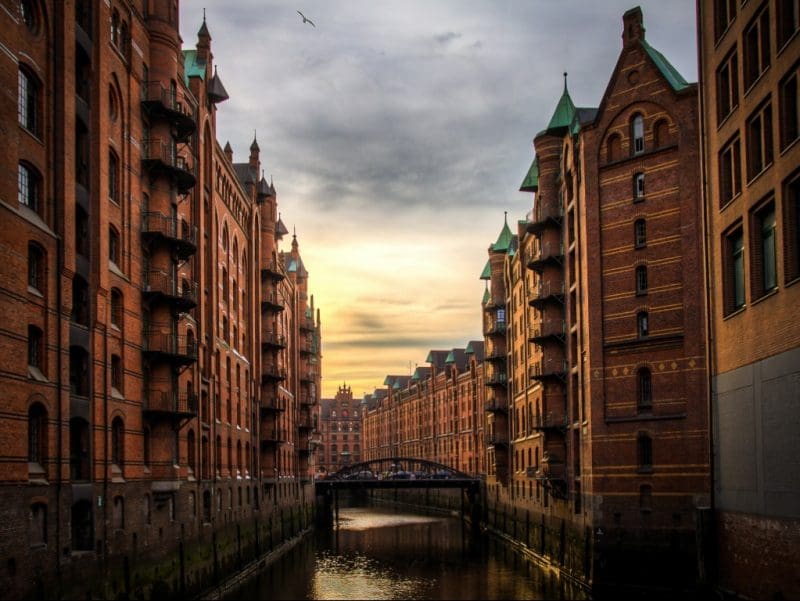
Is Germany prepared for this change in demand?
Absolutely. Sustainability is a key concern for us. In the recently published SDG Index, which documents the progress made by individual countries in achieving the United Nations’ Sustainable Development Goals (SDGs), Germany ranks fifth out of 166 countries. And the respondents in the NBI are most likely to name Germany as the country that will handle the threat of climate change most effectively over the next five years.
Germany’s environment is in good health, and a lot is being done to keep it that way. With 16 national parks, 16 UNESCO biosphere reserves and 104 nature parks, around a third of Germany’s land area enjoys special protection status.
Is this reflected in Germany’s tourism offering? What types of sustainable holiday in Germany would you recommend?
The UNESCO World Heritage sites, such as the Upper Middle Rhine Valley and the Loreley, Germany’s Ancient Beech Forests and the Wadden Sea on the North Sea coast, are a particular draw for tourists.
Germany’s network of around 200,000 kilometres of well-signposted hiking trails with varying levels of difficulty offers something for everyone, from families with children, to culture lovers who like exploring historical sites and energetic hikers conquering the mountain peaks. Added to the mix are health-promoting walks, regional food and drink, and tourist highlights such as treetop walks and park ranger experiences.
Mountain bikers, racing cyclists, and those who enjoy a leisurely ride can explore Germany on more than 70,000 kilometres of long distance cycle routes. Whether cycling alone, with a club, as a family or socially with friends – Germany has the infrastructure and services to meet every need.
The GNTB website www.germany.travel/feelgood lists more than 1,000 certified accommodation options for particularly sustainable holidays, from eco-campsites to luxury hotels.
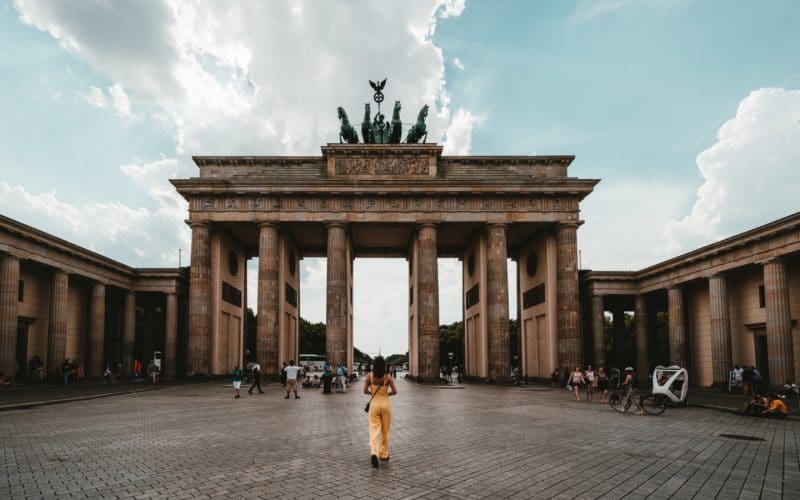
So, demand for holidays in the heart of nature is rising, but are there segments that will decline as a result of coronavirus?
Generally, the segments in which Germany is particularly strong are also the ones hit hardest.
For example, Germany is the number one cultural and city break destination for European holidaymakers, but many of the large events that dominate this segment could not take place, or only to a very limited extent, in 2020.
We hope that events such as the Oktoberfest and the Christmas markets will be able to take place on the usual scale in 2021. And towns, cities, cultural institutions and entertainment venues have done a great deal to facilitate safe and memorable holidays despite coronavirus.
What does a city-break during the pandemic look like?
Cities that are attractive to tourists are often surrounded by an equally attractive region. Berlin, for example, has the Spree Forest and the March of Brandenburg, Frankfurt has the Taunus and the Rheingau, while Hamburg and Bremen are close to the North Sea coast. From the surrounding regions, there are easy, convenient and eco-friendly options to visit the cities for a day to go sightseeing and shopping. The towns and cities also offer many ways to while away the hours in parks, green spaces and beer gardens, or on and beside rivers and lakes.
Recent research by the European Travel Commission has shown that people who enjoy city life are the most eager to travel again. City life in Germany is about more than historical buildings and museums. It’s about a lifestyle and a way of living.

Germany is a major destination for trade fairs and conferences. What about business travel?
This segment will remain a challenge for the foreseeable future. In 2019, the proportion of all inbound travel to Germany accounted for by business travel was above the international average, at 23 per cent. Not only because we are the world’s leading trade fair nation but also because we are the top conference destination in Europe.
We expect significant changes in these areas, in particular. Alternatives such as virtual event formats and hybrid events are likely to grow in significance in the future.
Which countries do you expect to return to normal the soonest?
I don’t believe that things will return to how they were. Even if we can travel again without restrictions, our travel experience will be shaped by greater caution.
Overall, I think neighbouring markets will recover more quickly than overseas ones. In the case of overseas markets, the airlines will only ramp up their capacity again if they see that there is sufficient demand. For commercial and environmental reasons, there will be an even greater focus on high levels of capacity utilization in the future.
We have also seen that many travellers have a very clear idea of the conditions under which they would consider travelling again. Key factors include a significant drop in the rate of infections in the destination country, the availability of a vaccine and travel that is unhindered by quarantine regulations.
In light of falling infection rates and the start of vaccination programmes, we hope to see a significant recovery of international demand as early as 2021.
Our brand ‘Destination Germany – Simply Inspiring’ will continue to carry us through this difficult time.

















